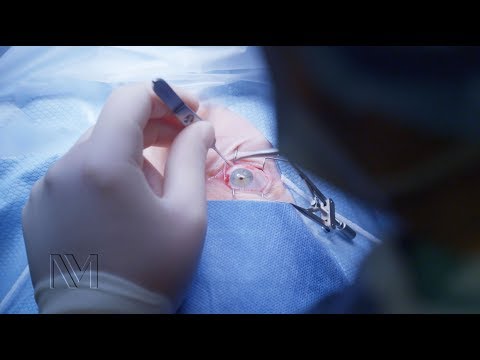Causes And Diagnoses
Causes and Diagnoses of Corneal Dystrophy
The causes of corneal dystrophy are as varied as the dystrophies themselves. Some causes include:
- Faulty endothelial cells, the corneal cells that keep your eyes lubricated. Excess fluids build up in your cornea, causing swelling, thickening of the cornea and blurry vision.
- Fatty deposits or cholesterol built up in the cornea
- Protein deposits in the cornea
- Gene mutation
Many corneal dystrophies are inherited conditions. If someone in your family has it, you have a greater chance of developing it to some degree.
Diagnosing corneal dystrophy
During your eye exam, your physician will use a number of instruments to look for signs of corneal dystrophy, including:
- Swelling of the cornea
- A hazy, rather than a clear, cornea
- Bumps on the back surface of the cornea
- Corneal thickening
- High pressure in the eye
Diagnostic tests may include:
- Visual acuity test: This common eye chart test measures vision ability at various distances using a series of lenses.
- Tonometry: This standard test determines the intraocular pressure (IOP) inside the eye.
- Pachymetry: This test measures the thickness of your cornea using an ultrasonic wave instrument.
- Corneal cell count: This test counts the shape, size and number of the cells in the back of your cornea.

